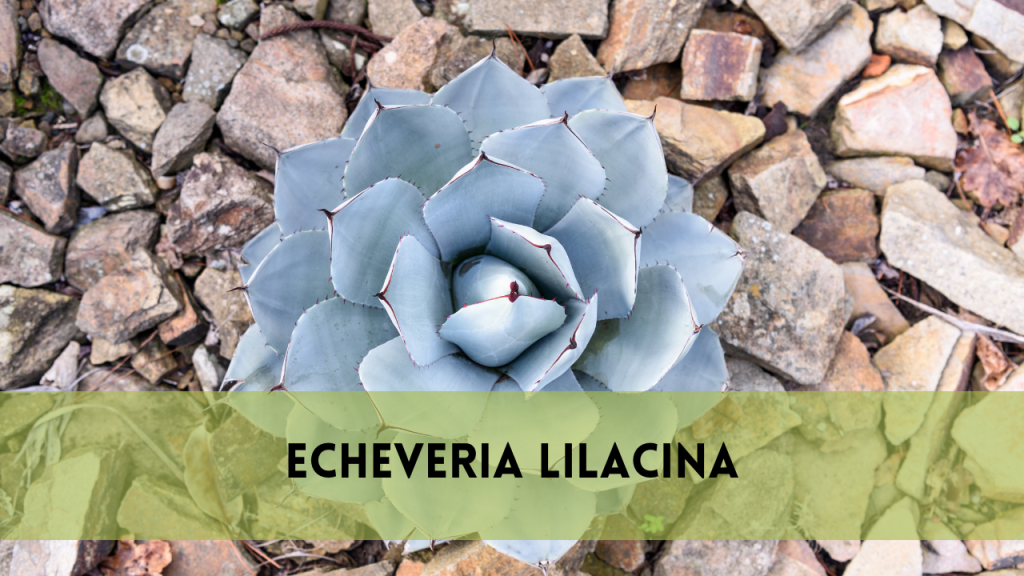Swiss Cheese Plant
Are you intrigued by the unusual beauty of the Swiss Cheese Plant? This tropical beauty, also known as Monstera deliciosa, is popular among both plant aficionados and interior designers. Its wide, glossy leaves with characteristic holes are not only visually appealing, but also reasonably easy to care for, making it an ideal addition to any home or business. In this detailed guide, we’ll go over all you need to know about the Swiss Cheese Plant, from its history and characteristics to care instructions and typical problems.
Origins and characteristics
Swiss Cheese Plants are native to Central and South American tropical rainforests. It thrives in warm, humid settings and climbs trees via its aerial roots. The plant’s most recognisable feature is its big, heart-shaped leaves, which develop distinctive holes as they grow. These natural holes give the plant its common moniker, Swiss Cheese Plant.
Monstera deliciosa can grow fairly large, with leaves up to three feet long. The plant can reach a height of 70 feet in its natural habitat, but when grown inside, it usually only reaches 6-10 feet tall. The plant also produces edible fruit that is supposed to taste like a cross between pineapple and banana, though it rarely fruits when grown as a houseplant.
Ideal growing conditions
To help your Swiss Cheese Plant thrive, try to emulate its natural surroundings as much as possible. Here are the main variables to consider:
Monstera deliciosa loves bright, indirect lighting. Too much direct sunlight can scorch the leaves, whereas insufficient light causes delayed development and smaller leaves. A location near a north or east-facing window is good.
Temperature: The Swiss Cheese Plant grows at 65-85°F (18-29°C). It is susceptible to cold drafts and extreme temperature changes, so keep it away from windows and doors during the winter.
Monstera deliciosa, a tropical plant, thrives in humid environments. Aim for a humidity level of 60–80%. To boost humidity, spritz the leaves on a regular basis, use a humidifier, or place a tray of water near the plant.
Soil: A well-drained potting mix is essential for the Swiss Cheese Plant. A mixture of peat, perlite, and orchid bark works well. This combination provides good drainage while retaining moisture.
Watering and fertilizing
Proper watering is required to maintain your Swiss Cheese Plant healthy. The plant prefers uniformly moist soil, but avoid overwatering, as this can cause root rot. Here are some watering tips.
Watering Schedule: Water Monstera deliciosa when the top inch of soil is dry. Depending on the humidity and temperature, this could be done once a week or every two weeks.
Watering Instructions: Water the plant thoroughly until water drains from the bottom of the pot. Make sure the pot has drainage holes to keep water from sitting in the soil.
Fertilisation: Apply a balanced, water-soluble fertilizer to your Swiss Cheese Plant every 4-6 weeks during the growing season (spring and summer). Reduce feeding in the autumn and winter, when the plant’s development slows.
Pruning & Training
Pruning your Swiss Cheese Plant preserves its shape and promotes healthy growth. Regular pruning also keeps the plant from becoming overly lanky. This is how you do it:
Pruning: Remove any overgrown or damaged leaves with clean, sharp scissors or pruning shears. If aerial roots develop too out of control, you can clip them back.
Monstera deliciosa is a natural climber, so set up a support structure like a moss pole or trellis. Gently connect the stems to the support to help the plant develop.
Propagation
Propagating your Swiss Cheese Plant is a wonderful way to add to your plant collection or share with friends. The most popular way is to take stem cuttings.
Here’s a step-by-step instructions:
Choose a Healthy Stem: Pick a stem that has at least one node and a healthy leaf.
Cut the Stem: Use clean scissors to cut the stem just beneath the node.
Rooting in Water: Place the cutting in a jar of water, making sure the node is completely submerged. To ensure freshness, change the water every few days.
Transplanting: Once the cutting has formed roots (typically within a few weeks), place it in a pot with well-drained soil.
Common Problems and Solutions
The Swiss Cheese Plant, like any other plant, is susceptible to problems. Here are some frequent issues and ways to resolve them:
Yellow leaves: This could be an indication of overwatering. Check the soil moisture levels and alter your watering plan accordingly.
Brown Tips: Low humidity or submersion can generate brown tips on the leaves. Increase the humidity and guarantee constant watering.
Monstera deliciosa is sensitive to pests such as spider mites and mealybugs. Wipe the leaves down with a moist cloth and, if necessary, apply insecticidal soap.
Related Posts:
FAQs
How frequently should I repot my Swiss Cheese Plant?
Repot your Monstera deliciosa every 1-2 years, or whenever it becomes root-bound. Choose a pot that is one size larger than your existing one.
Can I grow Swiss Cheese Plants in low light?
Although the plant can handle low light, it will grow slowly and may not produce the typical holes. Bright, indirect lighting is good.
Is the Swiss Cheese Plant harmful to pets?
Yes, Monstera deliciosa is hazardous to cats and dogs if consumed. To avoid problems with pets, keep the plant out of their reach.
Conclusion
The Swiss Cheese Plant is a beautiful and easy-care addition to any indoor garden. With the correct conditions, regular pruning, and proper maintenance, you may enjoy the lush beauty of Monstera deliciosa for years to come. Whether you’re an experienced plant enthusiast or a newbie, this tropical beauty will add a touch of the exotic to your home.




